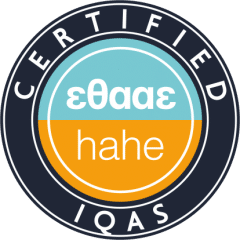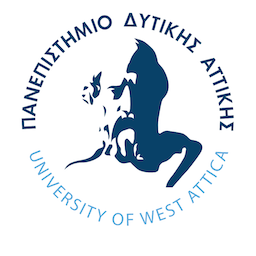The theoretical component of the course primarily explores fundamental concepts related to the design and implementation of services and applications on the Internet and the World Wide Web (WWW). The main objective is to develop an understanding of key principles in analyzing, synthesizing, and designing dynamic websites, services, and applications using both foundational and modern technologies. This includes their interaction with web servers and database servers within the Web 2.0 framework.
The course is structured into the following sections:
Section 1: Fundamental Concepts of Web 1.0
This section provides an overview of static web development technologies, with a particular focus on HTML and CSS. A foundational understanding of these technologies is essential for grasping the concepts and management tools introduced in later sections.
Section 2: Fundamental Concepts of Web 2.0
This section introduces the concept of dynamic websites, where client-side users interact with server-side services. It covers key programming languages for both client and server operations, including JavaScript, PHP, and JSP. Additionally, essential database management tools (such as MySQL and phpMyAdmin), which form the backbone of Web 2.0 services, are presented. The section also discusses the architecture of a fully functional dynamic website, which typically involves a web server (e.g., Apache) working in conjunction with a database server (e.g., MySQL) and a dynamic content management system (e.g., PHP).
Section 3: Website Development Platforms and Web Services
This section examines the core principles of the three most widely used content management system (CMS) platforms: WordPress, Joomla!, and Drupal. It highlights their similarities, differences, and the criteria for selecting the most suitable platform for specific Web 2.0 services. Additionally, a website is developed using one of these platforms, such as Joomla!, to provide hands-on experience.



